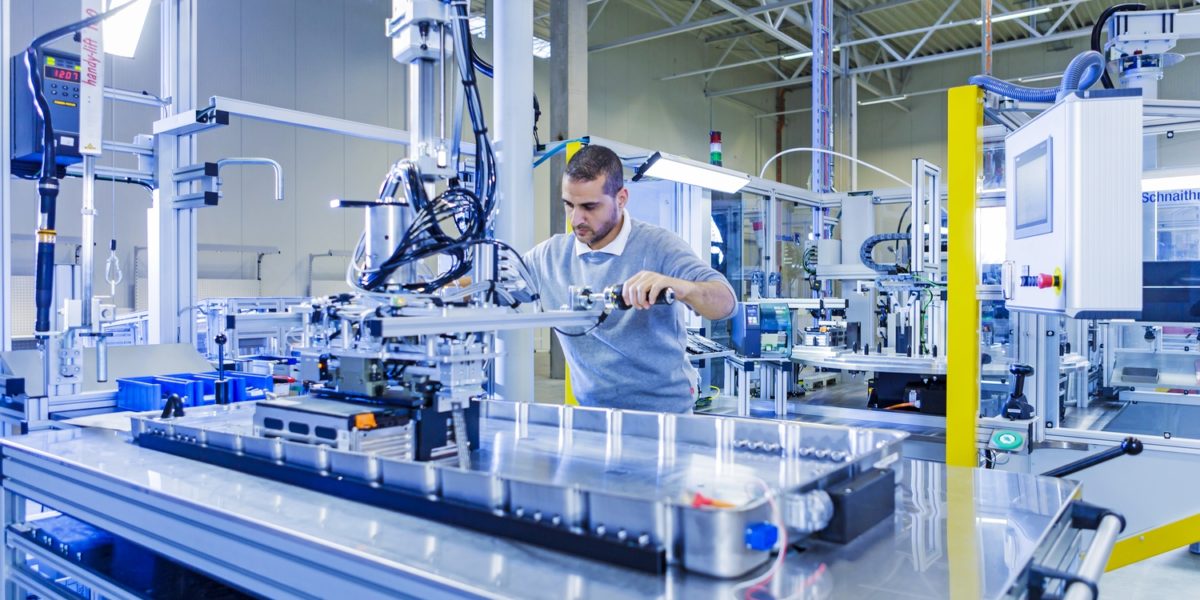When using any technology, you must balance the disadvantages with the benefits. Nothing is perfect in life. It makes lithium-ion cells and batteries have some drawbacks. Lithium battery technology has its demerits, but it doesn't mean you can't overcome them. It's possible to mitigate these disadvantages to get an excellent performance. Understanding the disadvantages means you can add the workarounds in the electrical system or electronic design to reduce the shortcoming effects.
Disadvantages of lithium-ion batteries
Battery management/protection system needed
The lithium-ion batteries and cells aren't robust like the other technology rechargeable. They need protection from overcharging or discharging. You need to maintain current within the safe limits. These batteries need you to incorporate the protection circuitry. It will ensure you keep them within the safe operating brackets.
The modern integrated technology permits this incorporation into your battery. It's also easy to incorporate the protection circulatory into your machine if your battery isn't interchangeable. Battery management incorporation enables the use of lithium batteries without any unique knowledge. You can leave a battery charging, and when the charge is full, the charger automatically cuts its supply.
Battery management systems built-in batteries monitor many operational aspects. Protection circuits limit the high voltage of all cells while charging because any excess voltage will damage the battery cells. Batteries are typically charged in series because you will only get one connection for a battery. The different cells might need different charge levels. It creates a possibility of getting a higher voltage than the needed.
Battery protection or management circuitry keeps cell voltages dropping very low while discharging. It also helps in cases where one cell stores less charge than the other. It becomes exhausted faster than others.
The battery system management monitors the temperature to inhibit temperature extremes. Most packs' maximum discharge and charge are strict between 2°C and 1°C. In fast charging scenarios, batteries become warmer.
Ageing
One major disadvantage of lithium batteries that power consumer electronics is ageing. Ageing isn't all about the calendar or time-dependent. It also depends on the discharge charge cycles that the battery has faced. In most cases, batteries survive between 500 to 1000 discharge charge cycles before battery capacity falls. The development of lithium batteries has increased the figures for discharge charge cycles. Despite this, you need to replace the battery after a while. You will prevent issues when they get embedded into your equipment.
Lithium batteries can also face ageing whether they are or are not in use. Despite battery usage, you will also get elements of capacity reduction in the battery. When you want to store your LCO cell or battery or lithium cobalt oxide, you need to charge it partially. The charge should be between 40% and 50% and stored in a cool, dry place to increase the battery life.
Transportation
Lithium batteries demerits have been very common in recent times. Most airlines restrict the number of batteries they transport. They make ships to be the only means to use.
Expensive
Lithium batteries are more expensive than nickel-cadmium cells.
Developing technology
Since lithium batteries have been around for a long, it's seen as immature technology for people in developing areas.
Conclusion
Despite lithium battery factory being an old technology, new technologies are underway. They aim to make them fit the market needs. Despite the above challenges, these batteries play a vital role in powering equipment.


